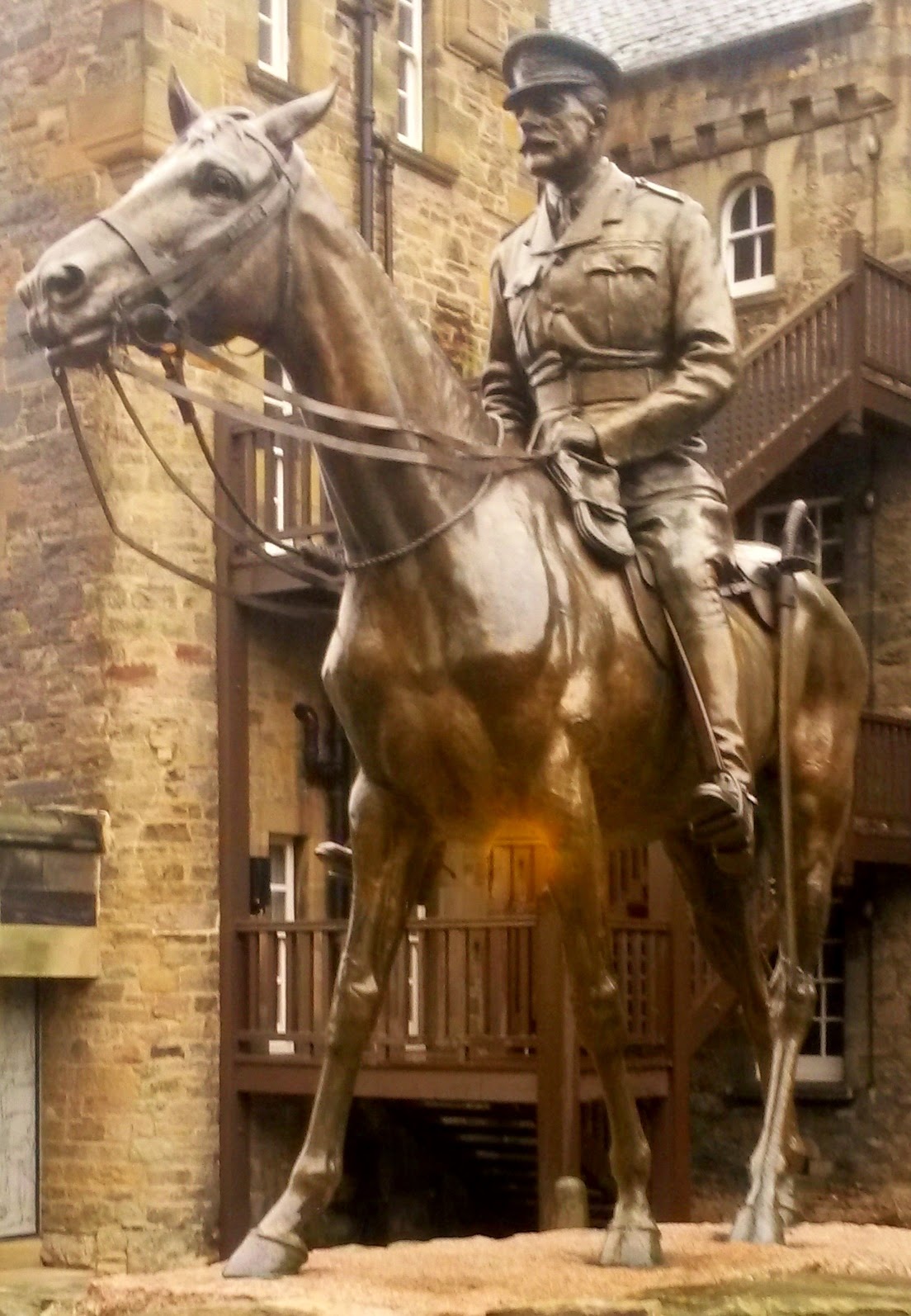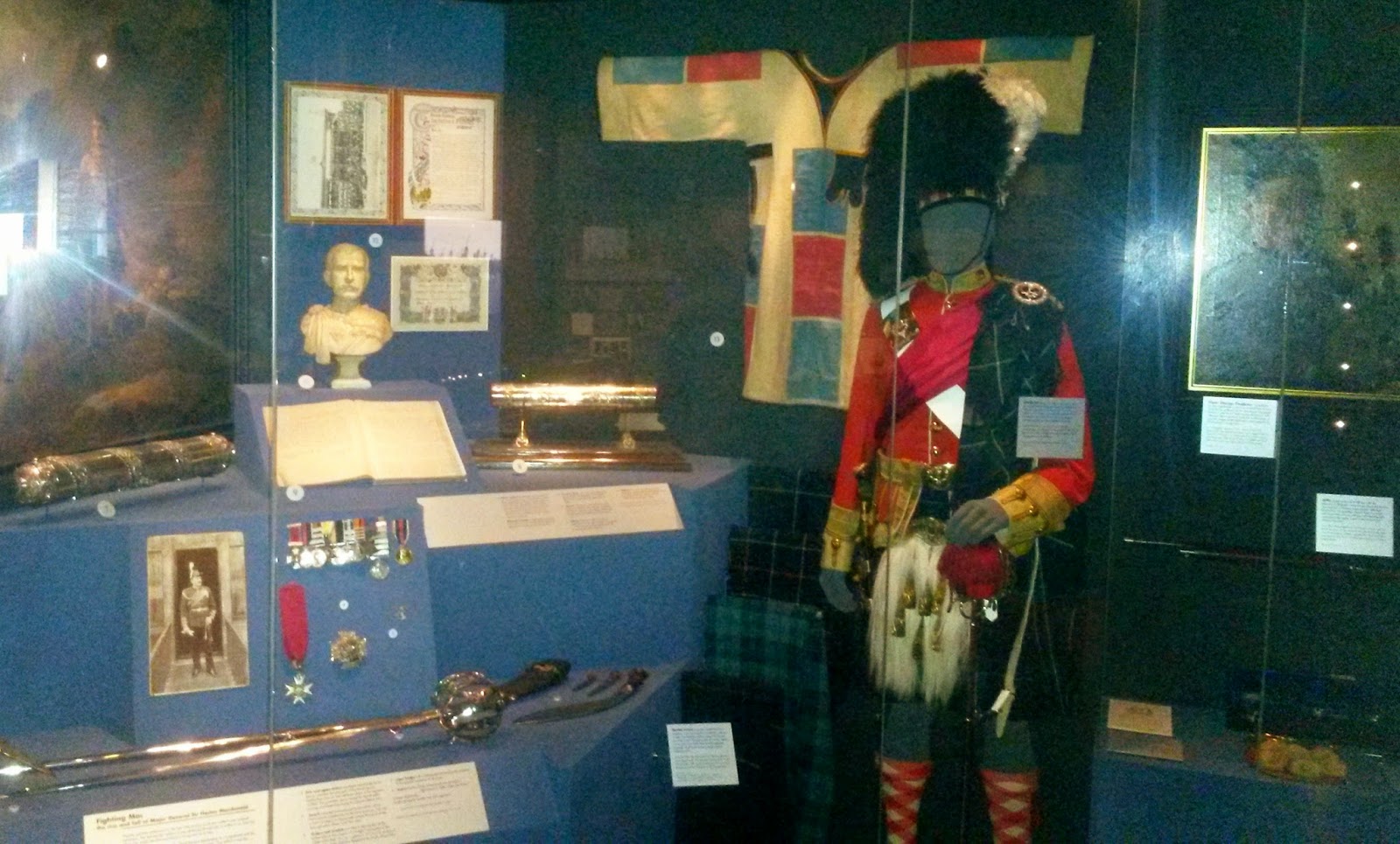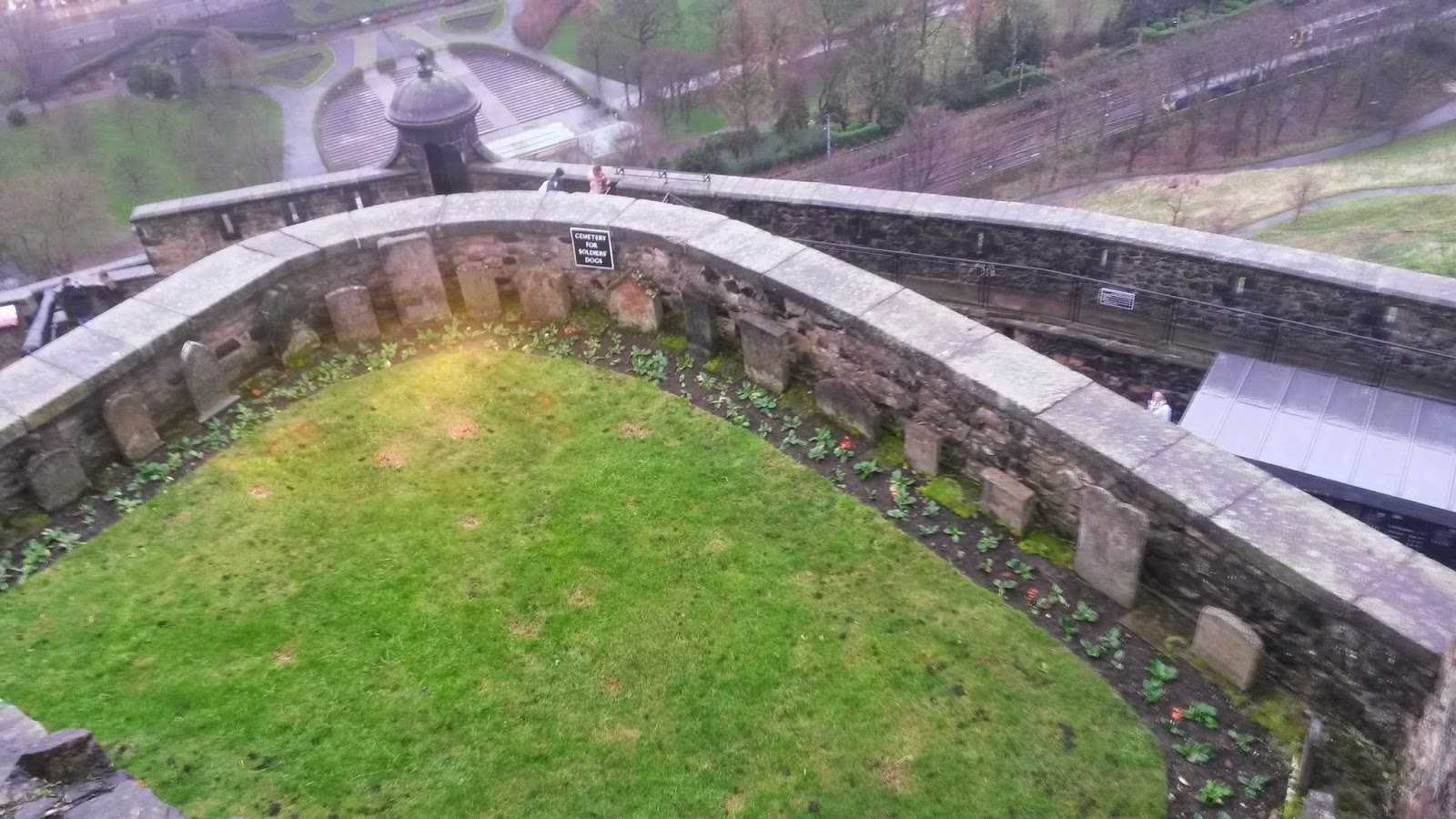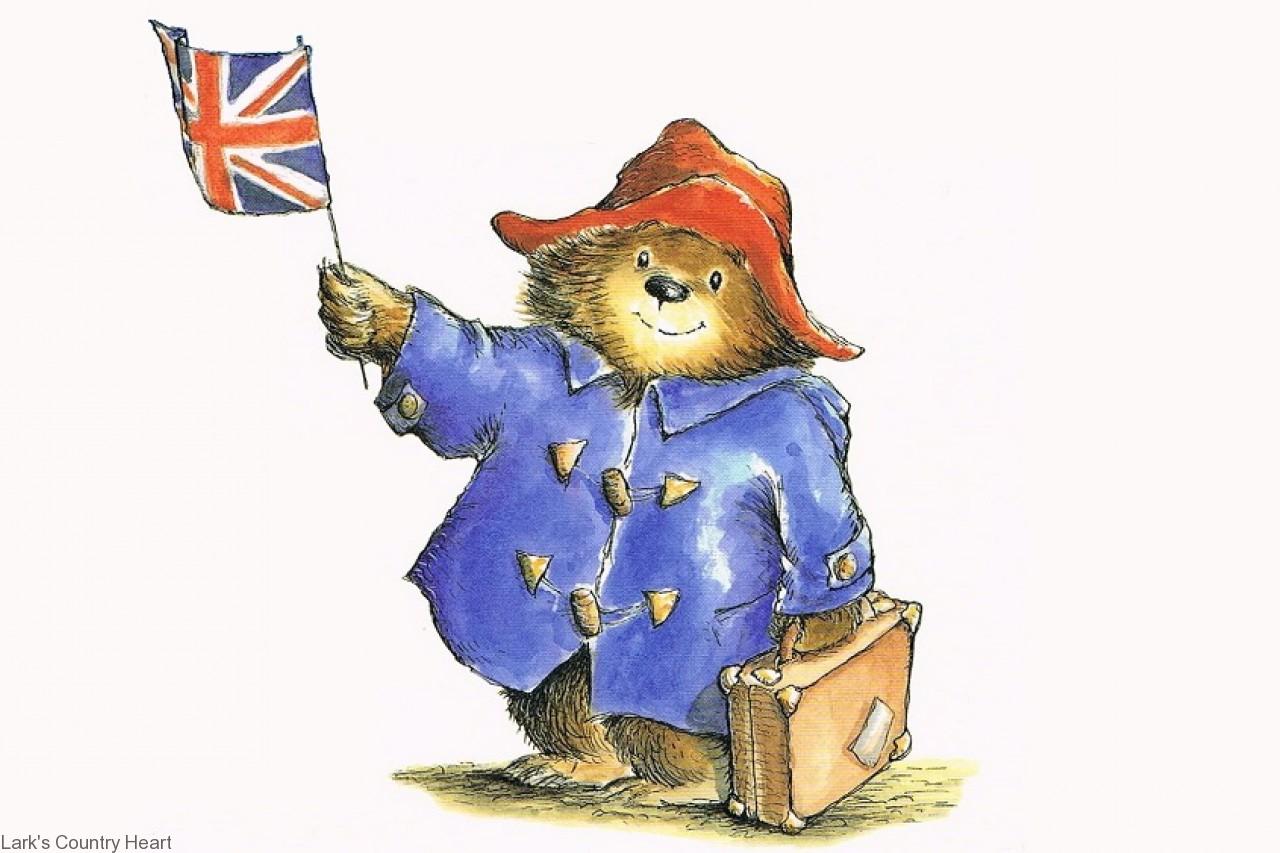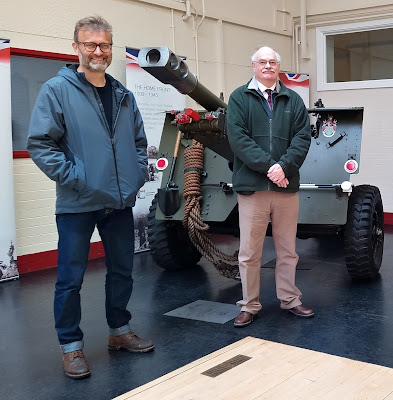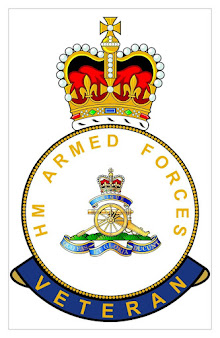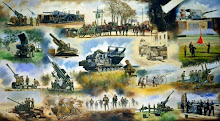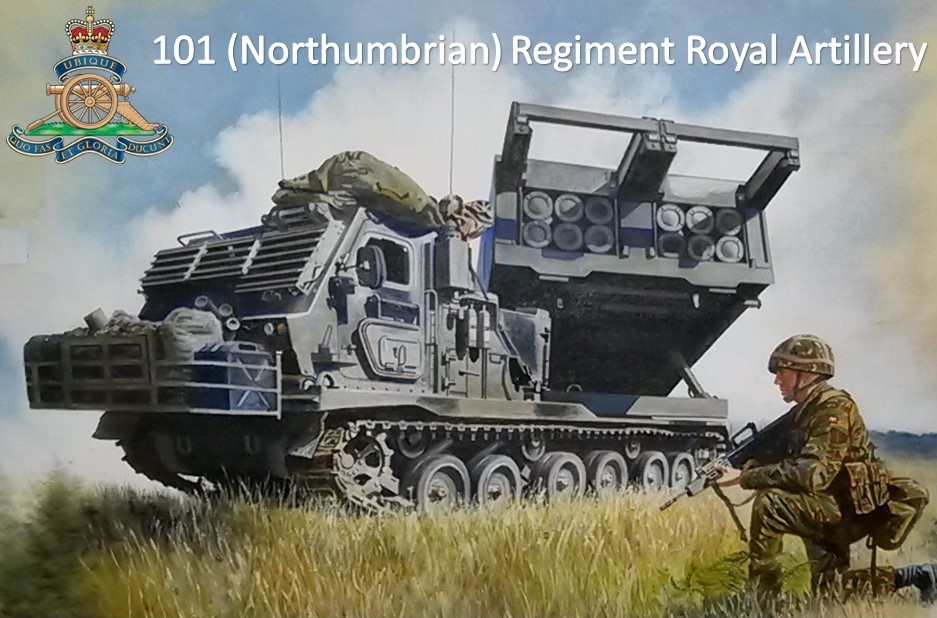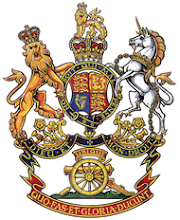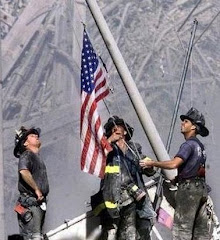The scale of casualties of the Great War led to a call throughout Britain for memorials to remember those lost during the conflict. As early as 1917 thoughts to commemoration of the losses were underway with London being the main focus for national and Imperial remembrance.
The Duke of Athol and other prominent Scots began to promoting the idea of a Scottish National War Memorial in Spring 1917 and gained the support of the King. A letter was sent to the Colonels-in-Chief of all of the Scottish Regiments with a specific plan which included a special memorial building as well as a museum. Approval for the memorial was given by the Government in January 120, however it was not until October 1923 the final design was agreed after turbulent discussions.
The Castle had been a British Army Garrison since the Act of the Union in 1707. By 1914 the accommodation was very sub standard and the building of a new cavalry and infantry barracks at Redford was in progress. The move to Redford left an unoccupied building which would be modified to become the Scottish National War Memorial.
The Scottish National War Memorial was opened by the Prince of Wales on the 14th July 1927.
 |
| Opening of Scottish National War Memorial July 1927 |
 |
| Scottish National War Memorial |
 |
Scottish National War Memorial
Great War inscription |
The monument would commemorate Scots of every regiment, service and corps including the animals who in their own way had served and suffered in the war. Rolls of Honour would record the name of every Scotsman, either born in Scotland or had a Scottish born father of mother, who was killed or died as a member of the Armed Forces of the Crown or of the Merchant Navy. This also included affiliated Scottish Regiments such as the London Scottish and Tyneside Scottish.
The central part of the Memorial is the Shrine which contains a casket which contains the Rolls of Honour. The walls of the Shrine contain a bronze frieze, with a procession of soldiers and animals which reputedly contains a representative of every rank and unit, an example of every weapon and piece of equipment serving during the First World War.
 |
Scottish National War Memorial
The Shrine |
 |
Scottish National War Memorial
Bronze frieze |
The Hall of Honour with the Western and Eastern transepts contain memorials to individual Scottish Regiments, Corps, supporting Regiments, Naval Services (Royal and Merchant) and the Air Services (RFC and RAF).
Following the Second World War, another 50,000 names would be added to the Rolls of Honour, and the Regimental Memorials would have additional Battle Honours placed on them.
Those lost in campaigns since 1945, including the Malayan Emergency, the Korean War, Northern Ireland, the Falklands War and the Gulf War are also remembered
ROYAL REGIMENT OF ARTILLERY
 |
Scottish National War Memorial
Royal Artillery Memorial |
 |
| Gunner |
















